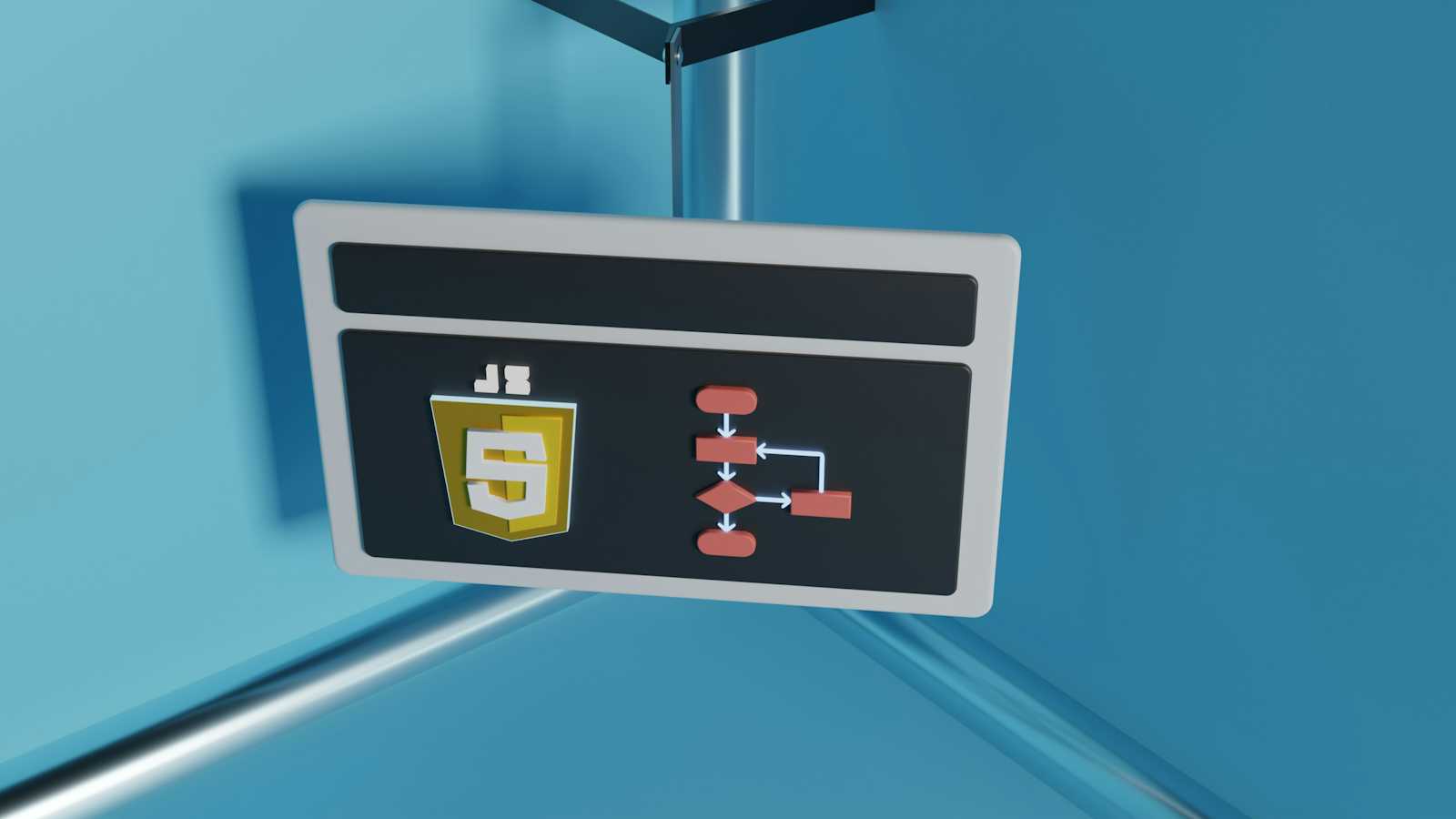Introduction to Frontend Libraries
 Adekoya Ireoluwatomiwa
Adekoya Ireoluwatomiwa
Introduction
Libraries in the software development world are basically a collection of pre-written code used to accomplish a particular task. Libraries allow developers to implement certain components or features without having to develop them from scratch.
In essence, they save developers a lot of time and make life much easier. As a result, there is a major popularity of libraries amongst software developers and it continues to grow.
Importance of Libraries in Software Development
Libraries offer numerous benefits in the world of software development such as:
They save time and promote efficiency as developers don't have to write code from scratch. Programmers already have a lot to do. If something could help speed up that process in a reliable manner, why not take it?
They are less prone to errors as most libraries are well-tested. They undergo regular maintenance, enhancing their reliability in the process. Open source Libraries in particular have numerous contributors, ensuring regular bug fixes and updates.
They reduce the amount of code a programmer needs to write to implement a feature. There are ready-made libraries that are reusable to solve problems and implement features required often in the development process. Using these libraries could help save a programmer the stress of writing new implementations for features.
They abstract complex implementation details, making them easy to use. Libraries transform their complex implementation into easy-to-use components and code. This allows developers to make use of them, without needing to understand the intricate details and functionality under the hood.
They help improve the maintainability of the code. Most libraries follow best practices and conventions in terms of their structure and organization, which can aid in making software more maintainable.
The benefits libraries offer are not limited to the above. It's no wonder they are utilized by developers all over the world.
Libraries in Frontend Development
Frontend development consists of tasks performed repeatedly such as styling user interfaces or fetching data from a backend. There are libraries that help make these tasks much easier to execute. For example, If I needed to do some complex animation, I could employ the use of a popular library like GSAP which will aid in making this process much easier.
Frontend libraries can aid the process of crafting beautiful user experiences at a much faster rate with increased convenience. Some of these libraries include:
React
React is an open-source Javascript library released by Facebook in 2013, that makes the process of building user interfaces much simpler and faster. React is used by major companies such as Uber, Netflix, Facebook, and Instagram in their mobile and web applications. According to the Stack Overflow 2023 Survey, React is one of the most admired web technologies used by developers. Find out more about React here
Chart.js
Chart.js is a Javascript library for making chart visualizations such as bar charts, line charts, and pie charts for the web. Chart.js is considered very easy to use and can prove effective when building web applications that utilize a lot of data visualization. Find out more about Chart.js here.
Material UI
Material UI is a popular UI library for React that implements Google's Material Design. It is used by companies such as Spotify, Amazon, Nasa, Netflix etc. It is extremely popular, with over 89,000 stars on Github. Material UI provides developers with pre-built UI components that can be customized to fit their needs. Find out more about Material UI here.
How to Learn to Use Libraries
Learning how to use libraries does not come without its fair share of challenges. It can be easy or difficult depending on the approach used. You may not even need to know all the functionality and capabilities of a library to make use of it, but having a good foundation is very important. Below are suggested approaches to learning how to use a library.
Official Documentaton
This is the official document of a library, written and published by the core team. No other resource provides more information about a library than this document. Reading the official documentation can be a daunting task, especially for beginners, as they may end up being overwhelmed by the wealth of information found in these documents. As a result, most libraries have a "Get Started" section where newbies to the library can follow along to get to grips with how to use it.
Articles
This is another great resource for learning how to use a library. Articles tend to break down certain concepts in a friendlier manner, as well as give developers an idea of the important parts of a library, what to expect, its common uses, and best practices before even delving into the official documentation. While this can be a helpful starter for getting accustomed to a library, it is not a direct replacement for the official documentation as articles do not go as in-depth. Moreover, articles majorly refer to points outlined in the official documentation. Therefore, they should be regarded as a supplementary source of information, with the official documentation being the primary source for insights into the library.
Tutorials
This can be the easiest way to learn how to use a library because it can be more engaging and interactive, as another individual gives a guide on the complexities and use of the library. This however should not replace the official documentation, as most of the educators in the tutorials are presenting content derived from the official documentation, but in a much friendlier manner. Like articles, tutorials should also serve as a supplementary means of information about a library.
Practice

Without this final approach, all other steps are futile. If you do not use a library you will never understand how it truly works. After following the approaches above, that is, the official documentation, articles, and tutorials, the next step is to build projects while making use of these libraries. You can always refer back to the documentation or any other resource if you need knowledge on how to do something or help if you get stuck. A great site to practice with is Frontend Mentor.
Challenges with using Frontend Libraries
Although using frontend libraries for projects has a lot of advantages, it’s not without its fair share of cons.
Learning Curve
It may take a while for developers to come to grips with the concepts and features of a library. This may require some extra effort trying to master the workings of the library.
Compatibility Issues
Some Libraries may have issues working with certain browsers or devices, therefore, developers have to be weary when selecting libraries to use. It is always best to go with popular and well-trusted libraries.
Maintenance Issues
Some Libraries have been abandoned and are not maintained by the original developers. It’s best to do research on a library to know how vibrant the community is before making use of it.
Large File Size
Some libraries come with a large file size that can affect the performance of a website. As a result, developers should be conscious of this when selecting a library to utilize.
Conclusion
Frontend Libraries are extremely powerful, significantly enhancing the developer’s experience in crafting user interfaces. Although they are not without their cons, their undeniable capacity to simplify tasks makes them invaluable. Employ these tools and harness their capabilities to enhance the efficiency of your projects.
Subscribe to my newsletter
Read articles from Adekoya Ireoluwatomiwa directly inside your inbox. Subscribe to the newsletter, and don't miss out.
Written by
